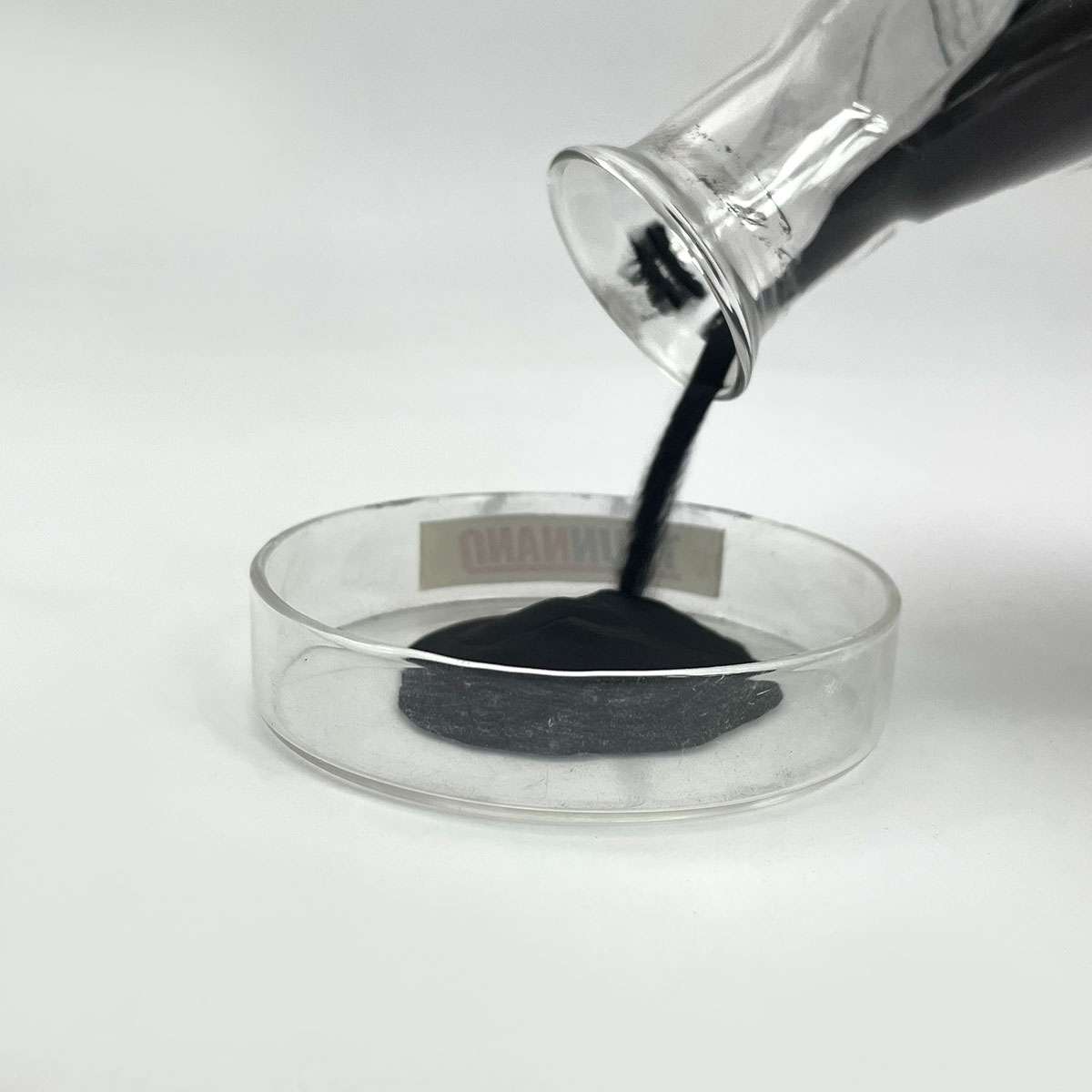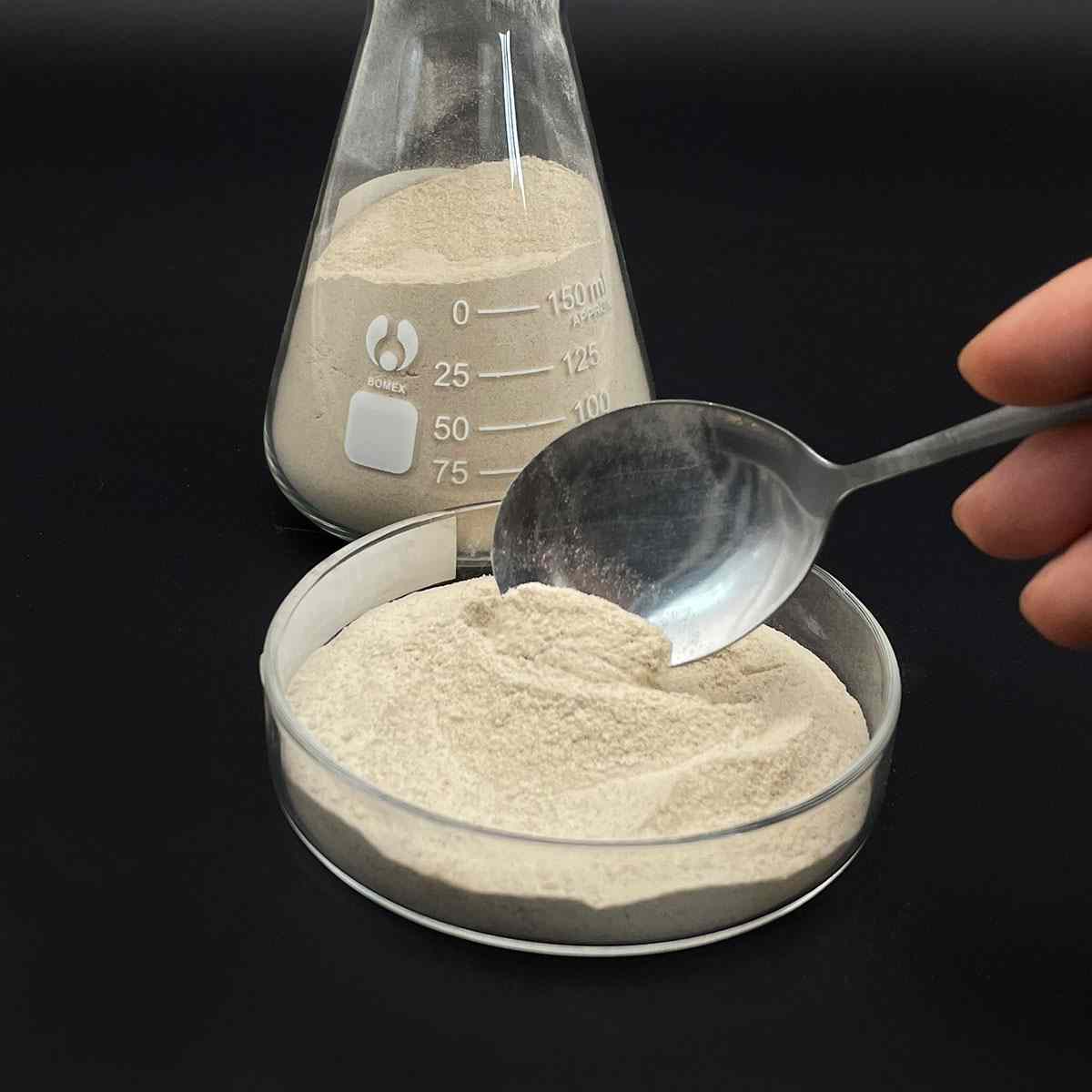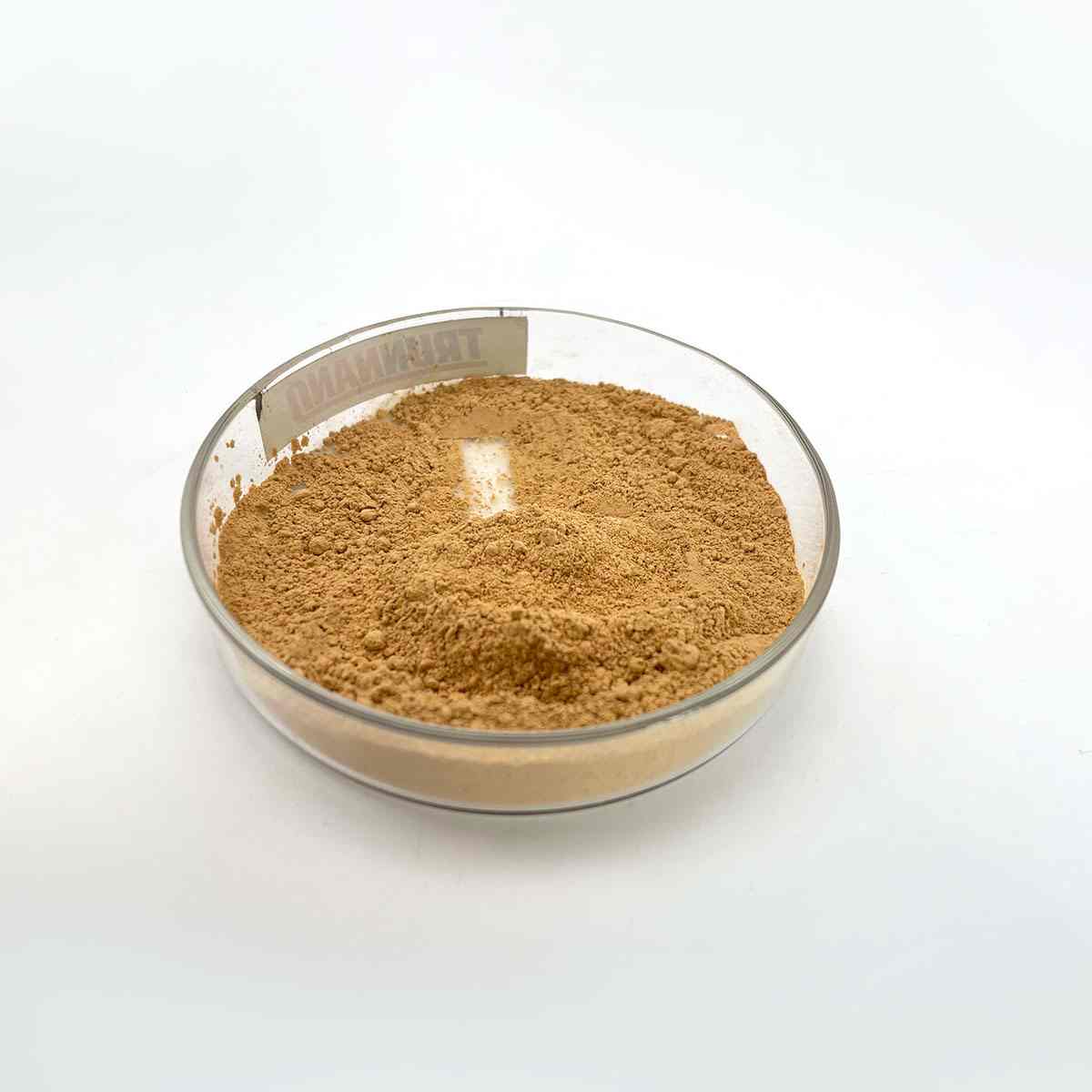Overview of Tantalum Silicide Powder TaSi2 Nanopowder
Metal powder is a common form of metal that has been processed into fine particles, ranging from a few micrometers to over 100 microns in diameter. It plays a crucial role in various industrial applications due to its unique properties and versatility.
Features of Tantalum Silicide Powder TaSi2 Nanopowder
Physical Characteristics
Particle Size: Ranging from nanometers to hundreds of micrometers, the size distribution significantly influences the powder’s flowability, packing density, and sintering behavior.
Shape: Particles can be spherical, irregular, flake-like, or dendritic, each shape affecting the final product’s mechanical properties and surface finish.
Purity: Depending on the production method, metal powders can achieve high levels of purity, critical for applications like electronics and aerospace where impurities can degrade performance.
Density: While less dense than their solid counterparts due to the presence of air between particles, metal powders can be densely packed during processing to approach the density of the solid metal.
Chemical Properties
Reactivity: Some metal powders, particularly aluminum and titanium, are highly reactive with air and moisture, necessitating careful handling and storage under inert atmospheres or vacuum.
Oxidation: Exposure to air can lead to surface oxidation, forming a passive layer that affects sintering and other processes. This can be managed through surface treatment or use of protective atmospheres.

(Tantalum Silicide Powder TaSi2 Nanopowder )
Parameters of Tantalum Silicide Powder TaSi2 Nanopowder
Tantalum silicide, specifically TaSi2, is a unique material that has garnered significant interest due to its exceptional properties and potential applications in various fields. This compound consists of tantalum (Ta) and silicon (Si) atoms forming a binary solid solution. As a nanopowder, it exhibits enhanced characteristics compared to its bulk form.
Nanoparticles of tantalum silicide have a particle size ranging from a few nanometers to a hundred nanometers, providing a high surface area-to-volume ratio. This nanostructure leads to improved mechanical, thermal, and electrical properties. The small size allows for better dispersion and interaction with other materials, making it suitable for use as a catalyst, conductor, or in electronic devices.
One of the key features of TaSi2 is its high melting point, which stands at approximately 2,700°C. This makes it an excellent choice for applications requiring resistance to extreme temperatures, such as aerospace, nuclear, and semiconductor industries. Its thermal stability ensures minimal degradation even under harsh conditions.
From a conductive standpoint, TaSi2 exhibits semiconducting behavior, with a bandgap that can be tailored by controlling the preparation method and stoichiometry. This tunability makes it a versatile material for various electronic applications, including thin-film transistors, solar cells, and thermoelectric devices. The low resistivity and high electron mobility contribute to its efficient performance.
In addition to its electronic properties, TaSi2 also displays excellent mechanical strength and hardness. The nanoscale structure enhances its wear resistance and fracture toughness, making it suitable for wear-resistant coatings and cutting tools. Its tribological properties, particularly when in the form of a powder, enable it to minimize friction and extend the life of machinery components.
Environmental stability is another crucial aspect of TaSi2. It shows good corrosion resistance against various chemicals and gases, making it suitable for use in chemical processing and sealing applications. The powder form, when dispersed in a matrix, can create protective coatings that protect underlying materials from corrosion.
Moreover, tantalum silicide has been explored for its superconducting properties at very low temperatures, although this typically occurs in thin films rather than as a pure nanopowder. The study of high-temperature superconductivity in TaSi2 could lead to advancements in energy storage and transmission technologies.
In conclusion, tantalum silicide (TaSi2) nanopowder offers a combination of high melting point, tunable electronic properties, exceptional mechanical strength, and corrosion resistance, making it a promising material for a wide range of applications. From electronics to aerospace, its unique characteristics open up new possibilities for innovation and efficiency. Further research into its synthesis, processing, and integration into various systems will undoubtedly contribute to the development of advanced technologies in the future.

(Tantalum Silicide Powder TaSi2 Nanopowder )
FAQs of Tantalum Silicide Powder TaSi2 Nanopowder
Inquiry us






